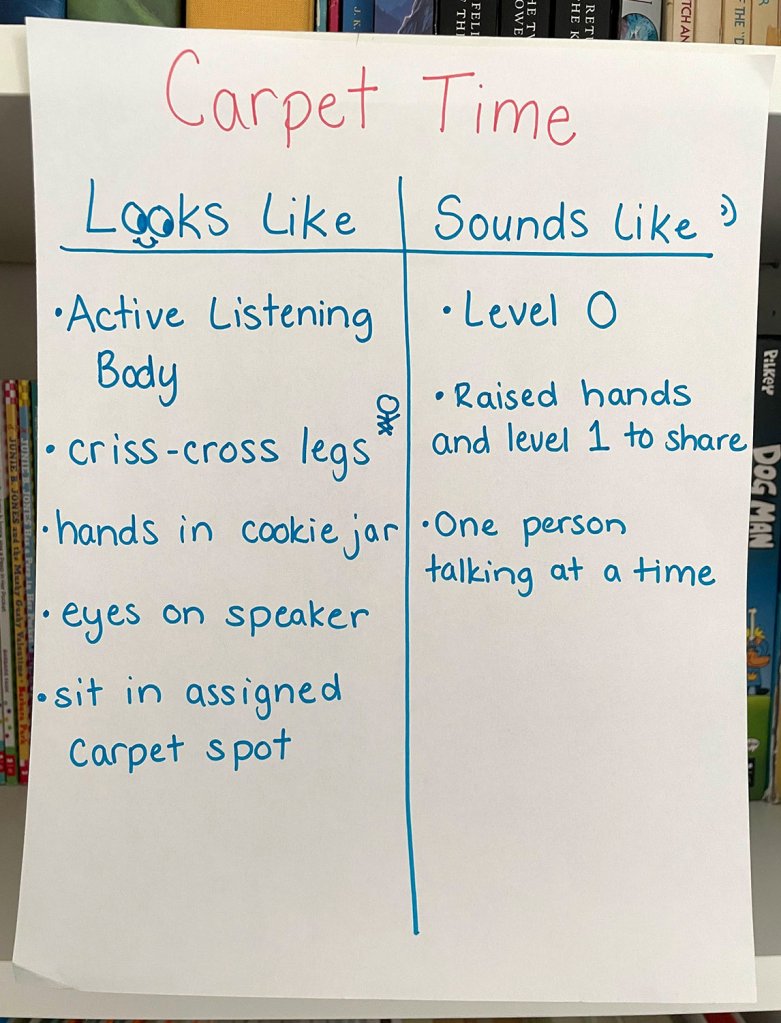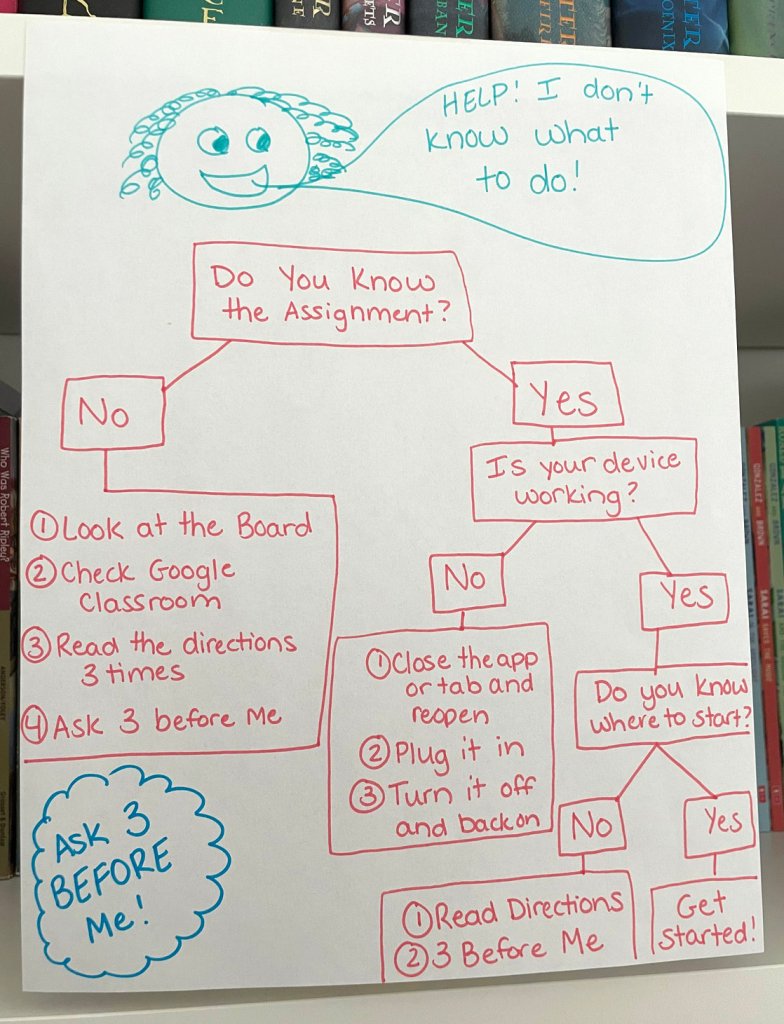How to Establish Classroom Routines for Productive Learning
Before a lesson begins, it’s important to communicate a clear plan so that students will understand what’s expected of them.
Your content has been saved!
Go to My Saved Content.You have the best idea for a science lesson, complete with stations, collaboration, and exploratory materials for creative thinking. Yet, 10 minutes in, glitter is on the floor, glue is stuck to every surface, and pieces of cut-up paper are all over the carpet. What went wrong? It all seemed so perfectly planned in your head.
Routines, routines, routines. Before you can teach new content to students, you must establish and explicitly teach the context of how students will learn. The good news is that it’s never too late (or early) to establish these explicit routines. This science lesson doesn’t have to be doomed forever—it just needs some structures in place to be successful.
Determine Classroom Procedures
Routines and procedures are the foundation on which we build productive learning. As a coach, I often hear teachers say, “I can’t teach my small group at the kidney table because my students aren’t independent at their seats.” As a result, I ask them, “What does independence look like in your classroom?” and “How have you taught your students to be independent?”
The Marzano Compendium of Instructional Strategies states, “In order to effectively manage a classroom, teachers must establish rules and procedures in the very beginning of the year and revise them throughout the year as needed. Rules that students are expected to follow may be fairly general and apply to all classroom activities.... Procedures, on the other hand, are sets of instructions for activities or events.”
Design Your Classroom Setup and Routines
So, how do you establish these procedures in the classroom? First visualize how you want your classroom to look. You can begin with a map of your classroom layout. Slowly add each piece of furniture and its purpose (teacher desk, library bookshelves, document camera table, small group table, etc.). Once you have a clear vision of the physical layout of your room, you can begin to think about how students will move through the space:
Independent work
- Where will students do independent work?
- What should students do when they have a question during independent work?
- What will students do with the work once it’s completed?
- What will students do when they’re done? Do they have one option or a menu of options?
Group work
- Where will students do group work?
- What does it look like and sound like during group work?
- What should students do if they encounter a problem during group work?
Stations
- How much time will students have at each station? How will I show them how much time they have left?
- How will students clean up the station before they rotate?
- How will students move between stations?
In my own classroom, I answered these questions and visualized an eight-step plan for station rotation:
- I set up stations at four desk sets with five students in each group.
- I post the groups and starting spots for each student on the interactive whiteboard.
- Students have 10 minutes at each station. I set a timer on the board that counts down.
- When the timer goes off, students put their hands on their head and wait for directions.
- I give directions to students to clean up and set a new timer for two minutes. Students stand and wait at their station once it is clean.
- After the clean-up timer goes off, I say, “When I say go, move to the next station and stand at the desk set.”
- Once all students are standing behind the chairs at their next station, I say, “Sit and begin.”
- I start the 10-minute timer again and repeat.
This clear mental model helped me visualize and articulate the routine for my students. This approach to classroom management will save you time in the future! Remember, the first time you introduce a new procedure, your paramount goal is for students to successfully complete the procedure. The next day, you can target the content because students know how to work independently in their stations and you’re free to focus on monitoring learning instead of behaviors.
Implement the Routine

Once you visualize the routine or procedure by yourself, it’s time to set it into action with students. There are a variety of successful ways to do this, including the following.
Interactive modeling: Think aloud through the steps of what you are doing. Talk through and model the procedure. Then have one student model it again and discuss what they did with the students—for example, “Did you notice how he put his homework in the bin carefully? Then he picked up the morning work and sat down. Now let’s try that as a class.”
Anchor charts: Looks Like, Sounds Like charts can be a really effective activity. Cocreate the expectations with your class—ask students what it looks like and sounds like during an activity, and record it on an anchor chart.
Flowcharts: Post flowcharts to help students work through problem-solving on their own.

Hand signals: Create hand signals with your students so that they can easily ask for small things without interrupting the class. This can include a sign for the bathroom, water, tissue, pencil, etc. Post the signs in your classroom, and remind students to use them to nonverbally ask for these things.
Student discourse language: Post sentence stems for students to use when talking to one another. This will allow them to have a guide for the language you expect to see during turn and talks.
Class contracts: Establish a small set of rules with students, and have them sign that they agree to these rules. Post it in your classroom. Whenever there is a disagreement, you can return to the class contract that everyone agreed to and use it as your guide for a restorative circle discussion.
All classrooms have the potential to be successful learning environments when students know, understand, and can articulate the routines and procedures. This allows students to spend less time thinking about how to act within a classroom and more time learning. Taking time to establish routines will pay off in the long run because teachers won’t have to stop lessons to address behavior, regroup students, or explain steps to rotate through stations. The magic wand for creating an effective classroom environment is hiding within every teacher’s toolbox, and its name is routines and procedures.
